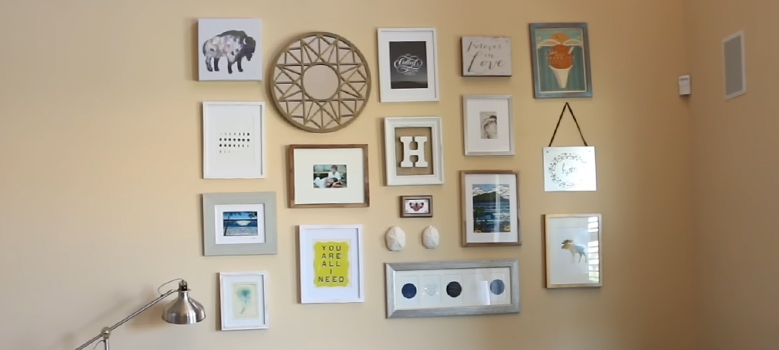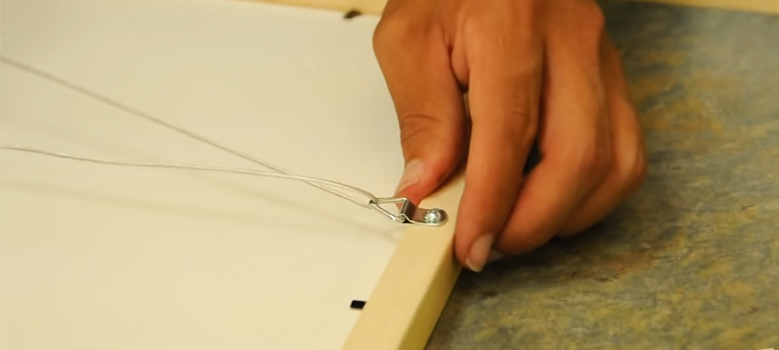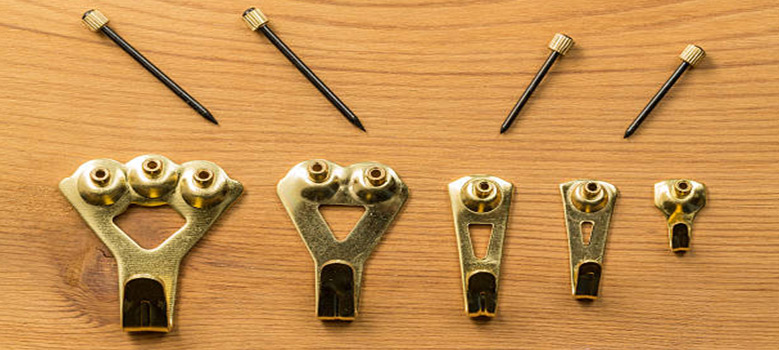The amount and placement of your equipment and how you adjust it determine whether or not you should tilt your TV. It’s becoming standard for mounts to have some versatility and adjustment, but is it necessary? This article might be helpful if you’re in one of these situations but have no idea which mount would work best for your home theater setup. In the following sections, we will discuss the types of wall mounts and their benefits, focusing on slanted wall mounts.
What is The Best Way to Mount a Television on a Slanted Wall?
Especially in high-traffic areas like the living and TV rooms, floor space will always be in high demand. A wall mount is one option if you want to place a TV on the wall in your attic or use it as a TV room. As long as you have a slanted wall mount, you can still mount your TV in your attic.
What Are the Steps to Mount a TV on A Slanted Wall?
Step 1: Using a stud finder, locate the studs in the wall where you want to mount your TV and mark their positions with a pencil. Mark the stud(s) you will use (depending on the size of your TV, you may have a single-stud mount or a dual-stud mount).
Step 2: Ensure your wall mount is straight by aligning it with the stud(s). With a pencil, mark the screw holes, then drill the screw guide holes with a power drill.
Step 3: Use your power drill to anchor your wall mount to the stud(s) over the guide holes. All wall mounts include anchor screws, so look for them in the box.
Step 4: Install your TV to the wall mount using the included screws, and then tilt the wall mount to offset the slant of the wall. You can now connect your devices (cable box, DVD player, etc.) to your TV. With your TV mounted to your slanted attic wall, you can now use a shelf or stand to hold any connected devices.
What Are the Pros and Cons of Slanted TV Wall Mounts
Advantages
Reduced Neck and Eye Strain
If you are getting stiff or tired after watching only a short time, your TV may be too high. Consider trying a downward tilt, if you have the option, to ease discomfort. A tilted wall mount is much easier to adjust than a flat one. Check out our article on the ideal distance between you and your screen based on the screen size.
Reduction/resistance to Glare
When you have sun glare on lights in your home, you can tilt the TV as these lights shift throughout the day with a slanted TV mount.
TV Mounting Location Flexibility
A tilted mount can provide more flexibility when your fireplace pushes the TV up or if your room shape forces you to mount the TV in a corner or other awkward location.
Space to Hide Cables & Devices
These mounts provide ample space for cables and hide wall plates so you can easily manage and conceal cable runs. More straight-to TV mounts will be available as cable boxes, Apple TVs, Rokus, Firesticks, and other devices become smaller and lighter, so they can fit in between your TV and the wall.
Disadvantages
A wall Separates it From the Other Side.
Some prefer flush-mounted televisions because they blend in better with their surroundings. A gap between the mount and the wall compromises some of the benefits of slanted mounts.
Not as Dynamic as Full Motion Mounts
A full-motion mount offers more excellent range than a flat wall mount but is also more versatile. If you mount the TV in a corner, you may not need this full range of motion. A slanted wall mount is a specific tool that solves a particular problem, just like any other piece of home theater hardware. However, it won’t be as dynamic as a full-motion mount, which is fine if you don’t need it.
Added complexity to the installation
Slanted mounts are more challenging to install than flush mounts, but hardware manufacturers design these systems so that most homeowners can install them themselves. Following the instructions will help you get through it.
Frequently Asked Questions
Can You Put a TV on a Slanted Wall?
A corner is an excellent place to mount your TV. You can create this effect by using a full-motion mount and angling the TV toward the corner. Corner mounts are also available to achieve this look.
Is it Better to Wall Mount a TV or Put it on a Stand?
You save much space when you mount your television rather than using a stand. In particular, this is useful for those who live in small areas and have never had the space for a large entertainment center.
Is it Safe to Ceiling Mount a TV?
It is possible to safely attach a TV to the ceiling with the help of a ceiling TV mount. It is essential to follow the installation instructions carefully and to use the appropriate hardware so that the TV and wall mount does not fall.
Is a Slanted TV Wall Mount a good idea?
TV wall mounts with tilt mechanisms feature a mechanism that adjusts and faces your TV downward as you change the wall mount. It is relatively simple to install units such as the Mounting Dream Tilt TV Wall Mount (on Amazon). When TVs need to be mounted higher up or when other features of a room call for an angled screen, these mounts come in handy.
There is a common misconception that tilt mounts can move left to the right and not move out of the wall. Most people use a corner wall mount, or flex space mount for their televisions when they are neither the star attraction nor need to reduce the size quickly.
Conclusion
If you hire an installer to do the work for you and introduce you to various mounts, they are not trying to upsell you; they’ll want to ensure you enjoy your new equipment to the fullest extent possible. Make sure you pick solutions that will solve your unique challenges by considering the options against your needs.





